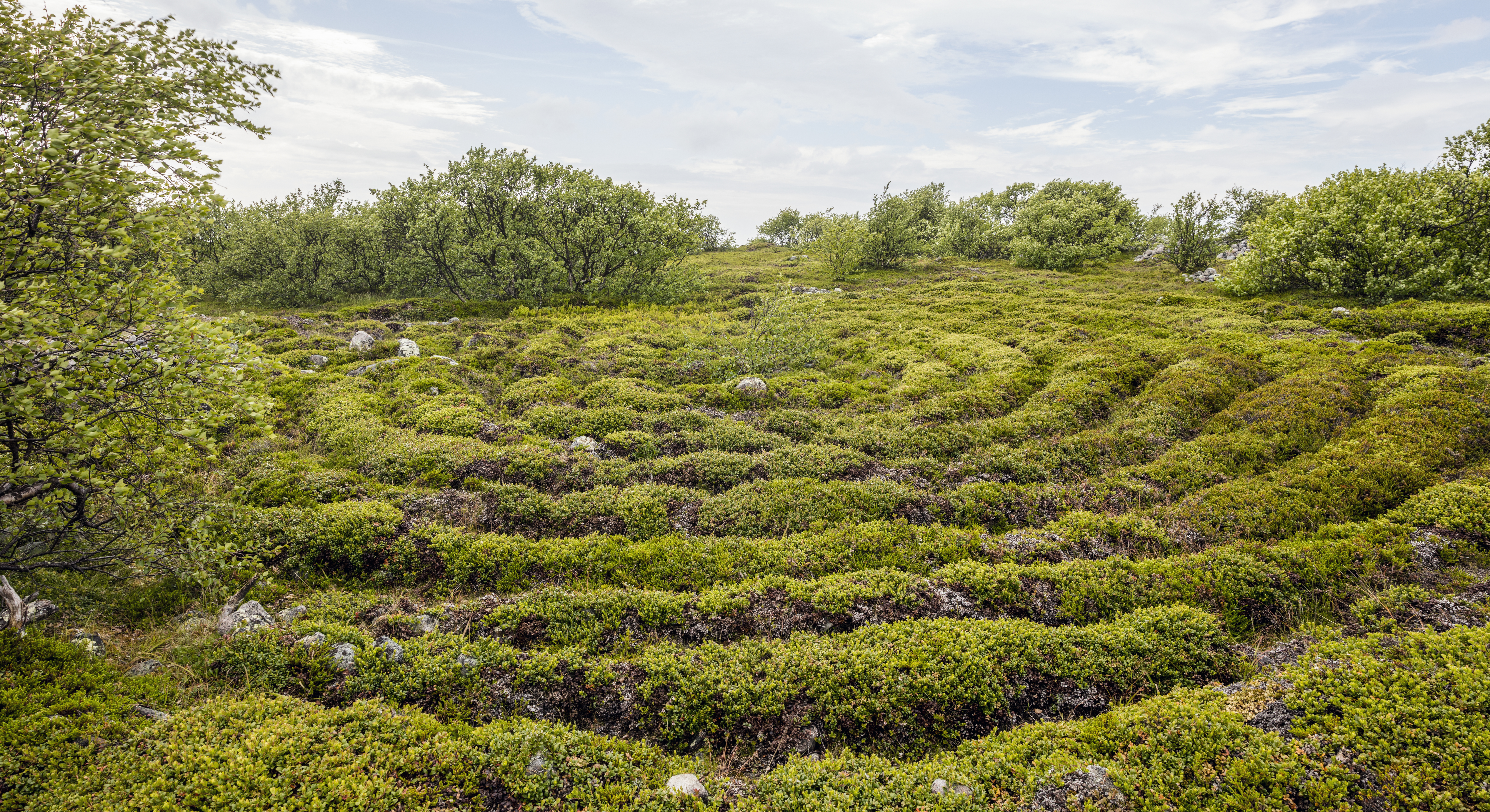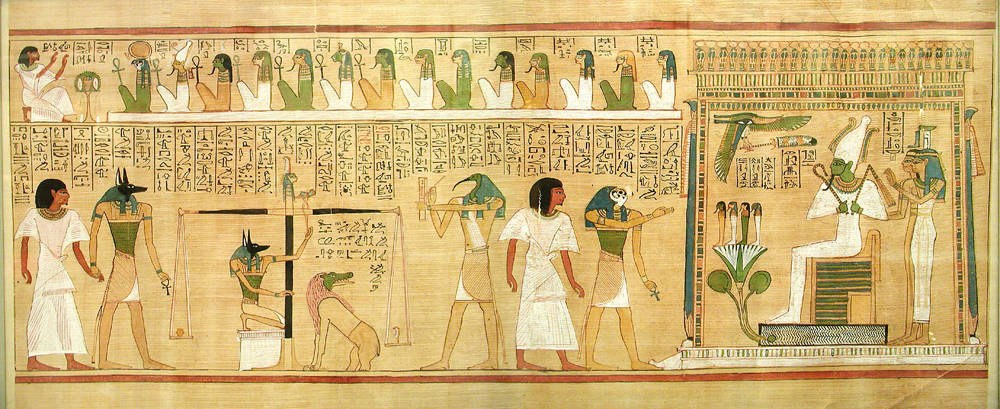|
Stone Labyrinths Of Bolshoi Zayatsky Island
The stone labyrinths of Bolshoi Zayatsky Island are a group of 13 or 14 labyrinths on Bolshoy Zayatsky Island, one of the Solovetsky Islands in Arkhangelsk Oblast, Russia. Lacking standard archaeological study, a research group from St. Petersberg theorize that the labyrinths are about 2500 years old, according to their orientation, their supposed ritual use, and changes in the direction of the zenith on the solstice throughout history. Most researchers doubt that they are that old; the vast majority of labyrinths in this area date at the earliest to the Middle Ages. Apart from the labyrinths, there are more than 850 heaps of boulders on Bolshoi Zayatsky Island, plus numerous other stone settings such as a stone symbol with radial spokes, possibly representing the sun. All the labyrinths are concentrated in an area of 0.4 km2 on the western part of the island. Another enormous complex of stone settings on Sopka Hill, in the eastern part of the island, does not include any lab ... [...More Info...] [...Related Items...] OR: [Wikipedia] [Google] [Baidu] |
Labyrinth
In Greek mythology, the Labyrinth (, ) was an elaborate, confusing structure designed and built by the legendary artificer Daedalus for King Minos of Crete at Knossos. Its function was to hold the Minotaur, the monster eventually killed by the hero Theseus. Daedalus had so cunningly made the Labyrinth that he could barely escape it after he built it. Although early Cretan coins occasionally exhibit branching (multicursal) patterns, the single-path (unicursal) seven-course "Classical" design without branching or dead ends became associated with the Labyrinth on coins as early as 430 BC, and similar non-branching patterns became widely used as visual representations of the Labyrinth – even though both logic and literary descriptions make it clear that the Minotaur was trapped in a complex branching maze. Even as the designs became more elaborate, visual depictions of the mythological Labyrinth from Roman times until the Renaissance are almost invariably unicursal. Branching ma ... [...More Info...] [...Related Items...] OR: [Wikipedia] [Google] [Baidu] |
Bolshoy Zayatsky Island
Bolshoy Zayatsky Island (Russian: Большой Заяцкий Остров (Great Hare Island)) is an island in the White Sea. It is one of six major islands comprising the Solovetsky archipelago. The island is famous for its history and nature. In prehistoric times, the island was used as a sanctuary by the indigenous coastal population. In the mid-16th century monks of the Solovetsky monastery organized a transit port on this island that later grew into the St. Andrew hermitage. Nowadays, the island is a protected territory with historical memorials of various periods. Since 1992 it has been listed as a UNESCO World Heritage Site as a part of the Solovetsky monastery complex. Geography Bolshoy Zayatsky island is located 2 km southwest from the central island of the archipelago. Its surface is . Just like other islands of this region, it was formed approximately 9000 years ago by a retreating glacier. The island has typical features of tundra landscape, however it is located ... [...More Info...] [...Related Items...] OR: [Wikipedia] [Google] [Baidu] |
Solovetsky Islands
The Solovetsky Islands (russian: Солове́цкие острова́), or Solovki (), are an archipelago located in the Onega Bay of the White Sea, Russia. As an administrative division, the islands are incorporated as Solovetsky District of Arkhangelsk Oblast, Russia.Law #65-5-OZ Within the framework of municipal divisions, they are incorporated as Solovetskoye Rural Settlement within Primorsky Municipal District.Law #258-vneoch.-OZ The administrative center of both divisions is the settlement of Solovetsky, located on Bolshoy Solovetsky Island. Almost all of the population of the islands lives in Solovetsky. As of the 2010 Census, the district had a population of 861 inhabitants. The Solovetsky Monastery (founded in 1436), in 1923 became the site of the first Gulag establishment, the Solovki prison camp. Geography The archipelago has a total area of and consists of six islands: * Bolshoy Solovetsky Island, * Anzersky Island (Anzer), * Bolshaya Muksalma ... [...More Info...] [...Related Items...] OR: [Wikipedia] [Google] [Baidu] |
Arkhangelsk Oblast
Arkhangelsk Oblast (russian: Арха́нгельская о́бласть, ''Arkhangelskaya oblast'') is a federal subject of Russia (an oblast). It includes the Arctic archipelagos of Franz Josef Land and Novaya Zemlya, as well as the Solovetsky Islands in the White Sea. Arkhangelsk Oblast also has administrative jurisdiction over the Nenets Autonomous Okrug (NAO). Including the NAO, Arkhangelsk Oblast has an area of 587,400 km2. Its population (including the NAO) was 1,227,626 as of the 2010 Census. The city of Arkhangelsk, with a population of 301,199 as of the 2021 Census, is the administrative center of the oblast.Charter, Article 5 The second largest city is the nearby Severodvinsk, home to Sevmash, a major shipyard for the Russian Navy. Among the oldest populated places of the oblast are Kholmogory, Kargopol, and Solvychegodsk; there are a number of Russian Orthodox monasteries, including the Antoniev Siysky Monastery and the World Heritage S ... [...More Info...] [...Related Items...] OR: [Wikipedia] [Google] [Baidu] |
Russia
Russia (, , ), or the Russian Federation, is a transcontinental country spanning Eastern Europe and Northern Asia. It is the largest country in the world, with its internationally recognised territory covering , and encompassing one-eighth of Earth's inhabitable landmass. Russia extends across eleven time zones and shares land boundaries with fourteen countries, more than any other country but China. It is the world's ninth-most populous country and Europe's most populous country, with a population of 146 million people. The country's capital and largest city is Moscow, the largest city entirely within Europe. Saint Petersburg is Russia's cultural centre and second-largest city. Other major urban areas include Novosibirsk, Yekaterinburg, Nizhny Novgorod, and Kazan. The East Slavs emerged as a recognisable group in Europe between the 3rd and 8th centuries CE. Kievan Rus' arose as a state in the 9th century, and in 988, it adopted Orthodox Christianity from the ... [...More Info...] [...Related Items...] OR: [Wikipedia] [Google] [Baidu] |
Underworld
The underworld, also known as the netherworld or hell, is the supernatural world of the dead in various religious traditions and myths, located below the world of the living. Chthonic is the technical adjective for things of the underworld. The concept of an underworld is found in almost every civilization and "may be as old as humanity itself". Common features of underworld myths are accounts of living people making journeys to the underworld, often for some heroic purpose. Other myths reinforce traditions that entrance of souls to the underworld requires a proper observation of ceremony, such as the ancient Greek story of the recently dead Patroclus haunting Achilles until his body could be properly buried for this purpose. Persons having social status were dressed and equipped in order to better navigate the underworld. A number of mythologies incorporate the concept of the soul of the deceased making its own journey to the underworld, with the dead needing to be taken ... [...More Info...] [...Related Items...] OR: [Wikipedia] [Google] [Baidu] |
Soul
In many religious and philosophical traditions, there is a belief that a soul is "the immaterial aspect or essence of a human being". Etymology The Modern English noun '':wikt:soul, soul'' is derived from Old English ''sāwol, sāwel''. The earliest attestations reported in the ''Oxford English Dictionary'' are from the 8th century. In King Alfred's translation of ''De Consolatione Philosophiae'', it is used to refer to the immaterial, spiritual, or thinking aspect of a person, as contrasted with the person's physical body; in the Vespasian Psalter 77.50, it means "life" or "animate existence". The Old English word is cognate with other historical Germanic languages, Germanic terms for the same idea, including Old Frisian ''sēle, sēl'' (which could also mean "salvation", or "solemn oath"), Gothic language, Gothic ''saiwala'', Old High German ''sēula, sēla'', Old Saxon ''sēola'', and Old Norse ''sāla''. Present-day cognates include Dutch ''ziel'' and German ''Seele''. Re ... [...More Info...] [...Related Items...] OR: [Wikipedia] [Google] [Baidu] |
Afterlife
The afterlife (also referred to as life after death) is a purported existence in which the essential part of an individual's identity or their stream of consciousness continues to live after the death of their physical body. The surviving essential aspect varies between belief systems; it may be some partial element, or the entire soul or spirit of an individual, which carries with it and may confer personal identity or, on the contrary, nirvana. Belief in an afterlife is in contrast to the belief in oblivion after death. In some views, this continued existence takes place in a spiritual realm, while in others, the individual may be reborn into this world and begin the life cycle over again, likely with no memory of what they have done in the past. In this latter view, such rebirths and deaths may take place over and over again continuously until the individual gains entry to a spiritual realm or otherworld. Major views on the afterlife derive from religion, esoteri ... [...More Info...] [...Related Items...] OR: [Wikipedia] [Google] [Baidu] |
Etnograficheskoe Obozrenie
''Etnograficheskoe Obozrenie'' (russian: Этнографическое Обозрение, translit=Etnograficheskoe Obozrenie; en, Ethnographic Review) is a peer-reviewed academic journal covering "the study of peoples and cultures of the world". It is published by the N.N. Miklukho-Maklai Institute of Ethnology and Anthropology (Russian Academy of Sciences). Abstracting and indexing The journal is abstracted and indexed in: * Anthropological Literature *EBSCO databases *ERIH PLUS *FRANCIS *Index Islamicus *International Bibliography of the Social Sciences *Modern Language Association Database *Russian Science Citation Index *Scopus History The journal was established in 1889. Its publication, however, was suspended between 1916 and 1926 "due to the turmoil of the revolutionary era" but was resumed in 1926 under the new name ''Этнография (Etnografia)'' which was again changed to ''Советская Этнография (Sovetskaia Etnografia)'' in 1931. Its name was ... [...More Info...] [...Related Items...] OR: [Wikipedia] [Google] [Baidu] |
Troy Town
Many turf mazes in England were named Troy Town, Troy-town or variations on that theme (such as Troy, The City of Troy, Troy's Walls, Troy's Hoy, or The Walls of Troy) presumably because, in popular legend, the walls of the city of Troy were constructed in such a confusing and complex way that any enemy who entered them would be unable to find his way out. Welsh hilltop turf mazes (none of which now exist) were called "Caerdroia", which can be translated as "City of Troy" (or perhaps "castle of turns"). W. H. Matthews, in his ''Mazes and Labyrinths'' (1922), gives the name as "Troy-town". More recent writers (such as Adrian Fisher, in ''The Art of the Maze'', 1990) prefer "Troy Town". The name "Troy" has been associated with labyrinths from ancient times. An Etruscan terracotta wine-jar from Tragliatella, Italy, shows a seven-ring labyrinth marked with the word ''TRUIA'' (which may refer to Troy). To its left, two armed soldiers appear to be riding out of the labyrinth on hor ... [...More Info...] [...Related Items...] OR: [Wikipedia] [Google] [Baidu] |







